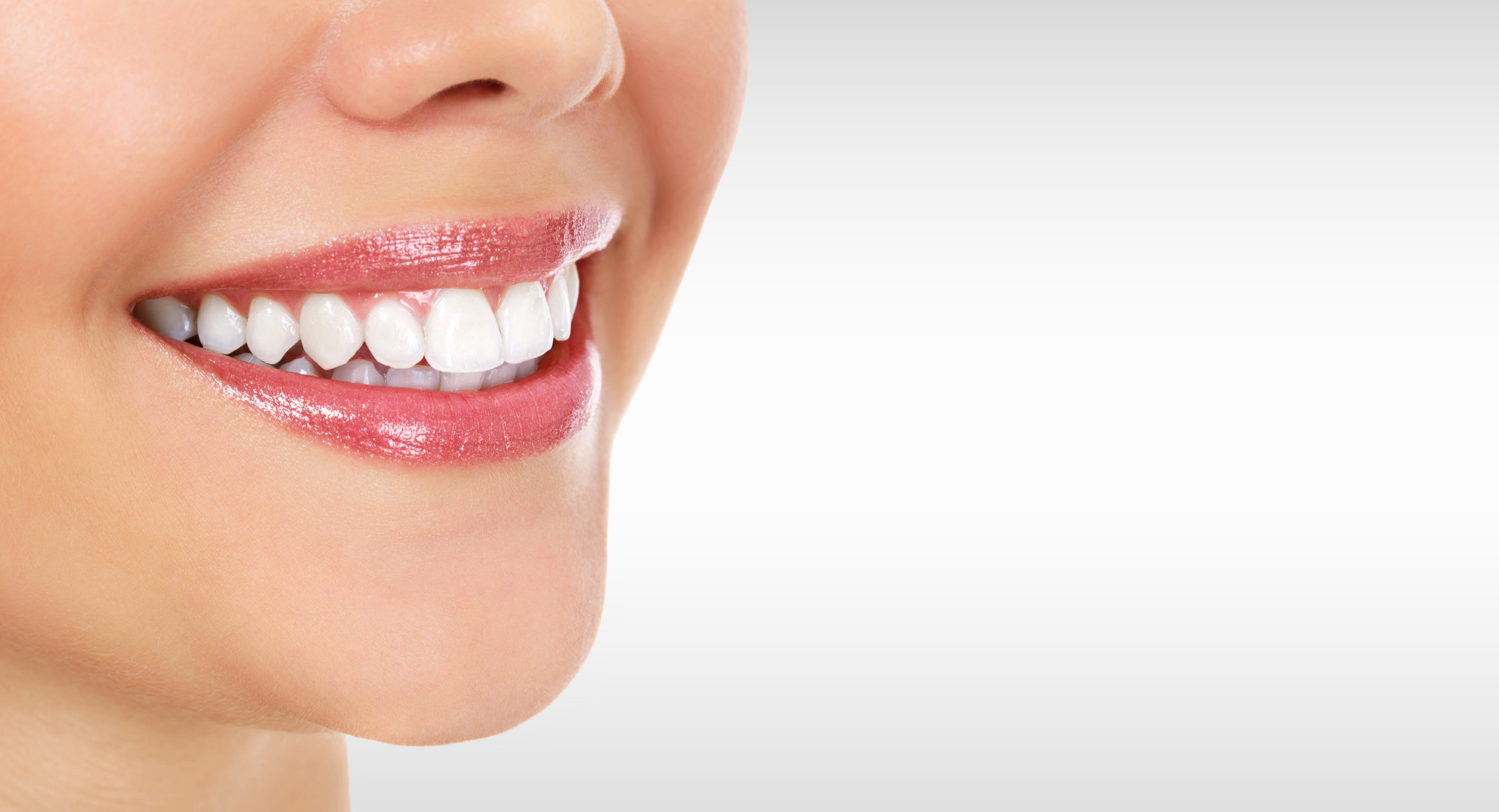
Pretty woman smile against a grey background with copyspace
Did you know that about 90% of adults over the age of 20 had at least one cavity?
If you’re sick of having tooth decay, then it’s time to consider inlays and onlays. These fixed dental restorations provide an attractive alternative to conventional fillings.
This article takes a closer look at this procedure and how it can help your oral health. Read on to discover what it is and how it can help restore your smile.
Procedure
An inlay is a dental restoration used to repair or replace a small area of the tooth structure. It’s made of materials such as gold, porcelain, or composite resin. An onlay is similar to an inlay, but it is larger and covers more of the tooth.
The first step in getting a dental inlay is to have a dental exam. The dentist will assess the extent of the damage and decide if an inlay or onlay is the best option.
The next step is to prepare the tooth. This involves numbing the tooth and removing any decay or old fillings. Once prepped, the dentist will make an impression and send it to the laboratory.
The process usually takes about two weeks. During this time, the tooth is protected with a temporary filling.
Once ready, the dentist will bond it to the tooth. The final step is to polish the restoration so it blends in with the rest of the tooth.
Benefits
They provide an esthetically pleasing option for repairing damage to teeth. They are less invasive than crowns and can be used to repair large cavities or cracked teeth.
They can also prevent further damage to teeth that have been weakened by decay. These are strong and durable and can last for many years with proper care.
Risks
There are a few risks to getting dental onlays or inlays, but they are all minor and easily treatable. The most common risk is tooth sensitivity. This can be caused by the drill used to prep the tooth.
This sensitivity is usually temporary and can be treated with desensitizing toothpaste or fluoride gel. Other risks include temporary gum tenderness, temporary tooth discoloration, and very rare allergic reactions to the materials used. Overall, inlays and onlays are a very safe and effective way to restore a damaged tooth.
Cost
The cost of inlays and onlays can vary depending on the size of the tooth and the type of material used. Gold or porcelain inlays can be more expensive than those made of composite resin. The cost of the procedure will also depend on the fee of the cosmetic dentist.
Get Dental Inlays and Onlays for the Perfect Smile
If you are considering dental inlays and onlays, talk to your dentist about whether they are the right option for you. They can restore your teeth to their original strength and beauty. They can last for many years with proper care.
Looking for more advice about dental care? Dive into our blog for more information!
Leave a Reply